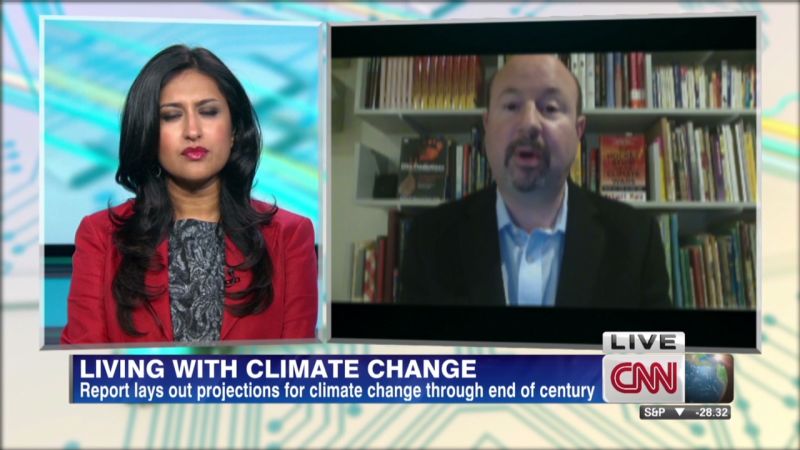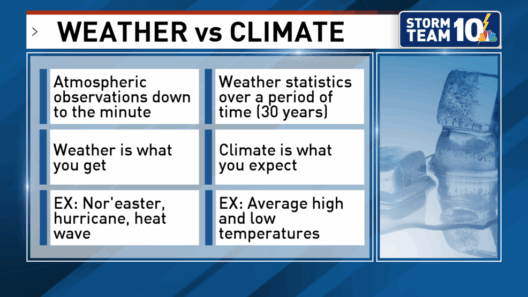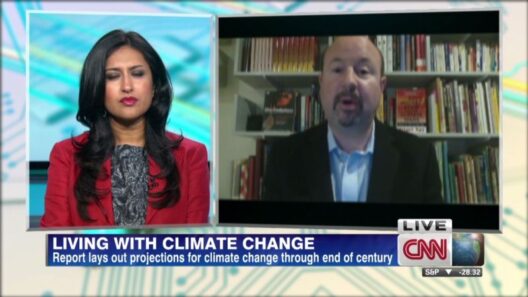Climate change has emerged as one of the most pressing challenges facing humanity today. It is a profound phenomenon that influences every aspect of our lives. The scientific consensus is stark: human activities are the primary drivers of these drastic changes in our climate. Understanding how humans contribute to climate change is essential for devising meaningful strategies to combat it.
Through various activities, humans release vast amounts of greenhouse gases into the atmosphere, resulting in a phenomenon known as the greenhouse effect. These gases trap heat from the Earth’s surface, leading to global warming and a cascade of environmental impacts. The following sections will elucidate the principal avenues through which human activities exacerbate climate change.
Fossil Fuel Combustion: The Major Culprit
Fossil fuels—coal, oil, and natural gas—are the bedrock of modern industry and energy production. However, their combustion is the largest single source of greenhouse gas emissions globally. When these fuels are burned for electricity, heating, transportation, and manufacturing, they release significant quantities of carbon dioxide (CO2), methane (CH4), and nitrous oxide (N2O).
The transportation sector is a primary contributor, with vehicles emitting massive amounts of CO2. The heavy reliance on fossil fuels not only impacts air quality but also contributes to a warming planet. In addition, power plants that burn coal and natural gas play a pivotal role in escalating these emissions, exacerbating climate change.
Deforestation: Clearing the Lungs of the Planet
Forests serve as crucial carbon sinks, absorbing CO2 and replenishing the atmosphere with oxygen. However, rampant deforestation, driven by agriculture, logging, and urban expansion, has dire consequences for the climate. When forests are cleared, not only is the carbon stored within the trees released into the atmosphere, but fewer trees remain to absorb CO2, a double-edged sword that aggravates climate change.
The widespread practice of converting forests into agricultural land further compounds this issue. Cattle ranching and palm oil production are notorious for their role in deforestation. The loss of biodiversity and disruption of ecosystems due to habitat destruction present additional environmental challenges, unveiling a complex web of consequences stemming from human activity.
Industrial Processes: Emission Hotspots
Beyond energy and transportation, industrial processes contribute significantly to greenhouse gas emissions. Manufacturing goods, from electronics to textiles, involves various chemical reactions that can emit greenhouse gases, particularly CO2 and CH4. Cement production is one of the largest industrial contributors to global emissions, accounting for around 8% of total CO2 emissions worldwide.
Another major concern is refrigerants used in air conditioning and refrigeration systems. Hydrofluorocarbons (HFCs), although not released in large quantities, are potent greenhouse gases that can trap heat in the atmosphere more effectively than CO2. As global temperatures continue to climb, the demand for air conditioning will likely increase, leading to more emissions unless stringent regulations and alternative technologies are adopted.
Agricultural Practices: The Carbon Footprint of Food
Agriculture is a significant source of greenhouse gases, particularly methane and nitrous oxide. Livestock production releases methane during digestion through a process known as enteric fermentation. This greenhouse gas is over 25 times more potent than CO2 over a 100-year period, elevating the urgency to address agricultural practices.
The use of synthetic fertilizers in crop production also releases nitrous oxide—a greenhouse gas that has a substantial impact on global warming. Unsustainable practices such as monoculture and excessive tilling degrade soil health and reduce its ability to sequester carbon. As the world population grows, finding sustainable and effective agricultural methods to minimize these emissions becomes increasingly essential.
Waste Management: The Overlooked Contributor
Waste management is often overlooked in discussions about climate change, yet it represents a potent source of greenhouse gas emissions. Landfills emit methane as organic waste decomposes anaerobically. Proper waste management techniques, including recycling and composting, can significantly reduce emissions associated with landfilled waste. However, many regions still lack the infrastructure for efficient waste processing, perpetuating the cycle of emissions.
Moreover, the incineration of waste can release harmful pollutants in addition to CO2. Understanding the direct link between waste generation and climate change is pivotal to changing consumer habits and encouraging more sustainable waste management practices.
Mitigating Climate Change: A Call to Action
The scale and complexity of climate change demand urgent and coordinated action from individuals, businesses, and governments. Transitioning toward renewable energy sources not only lessens reliance on fossil fuels but also paves the way for a sustainable future. Solar, wind, and hydroelectric power are more environmentally friendly options that can help mitigate greenhouse gas emissions.
Similarly, promoting sustainable agricultural practices, reforestation, and improving waste management systems are key components of an effective climate action plan. Raising awareness and adopting personal responsibility are equally important. Each individual’s choices—be it reducing meat consumption, utilizing public transportation, or minimizing plastic use—can collectively create a significant impact.
In conclusion, the role of humans in causing climate change is multifaceted, encompassing various sectors of society. By recognizing and addressing these contributions, we can work collectively toward a more sustainable and resilient future. Mobilizing an informed populace to take action is crucial in the fight against climate change, ensuring that the planet remains habitable for future generations.






